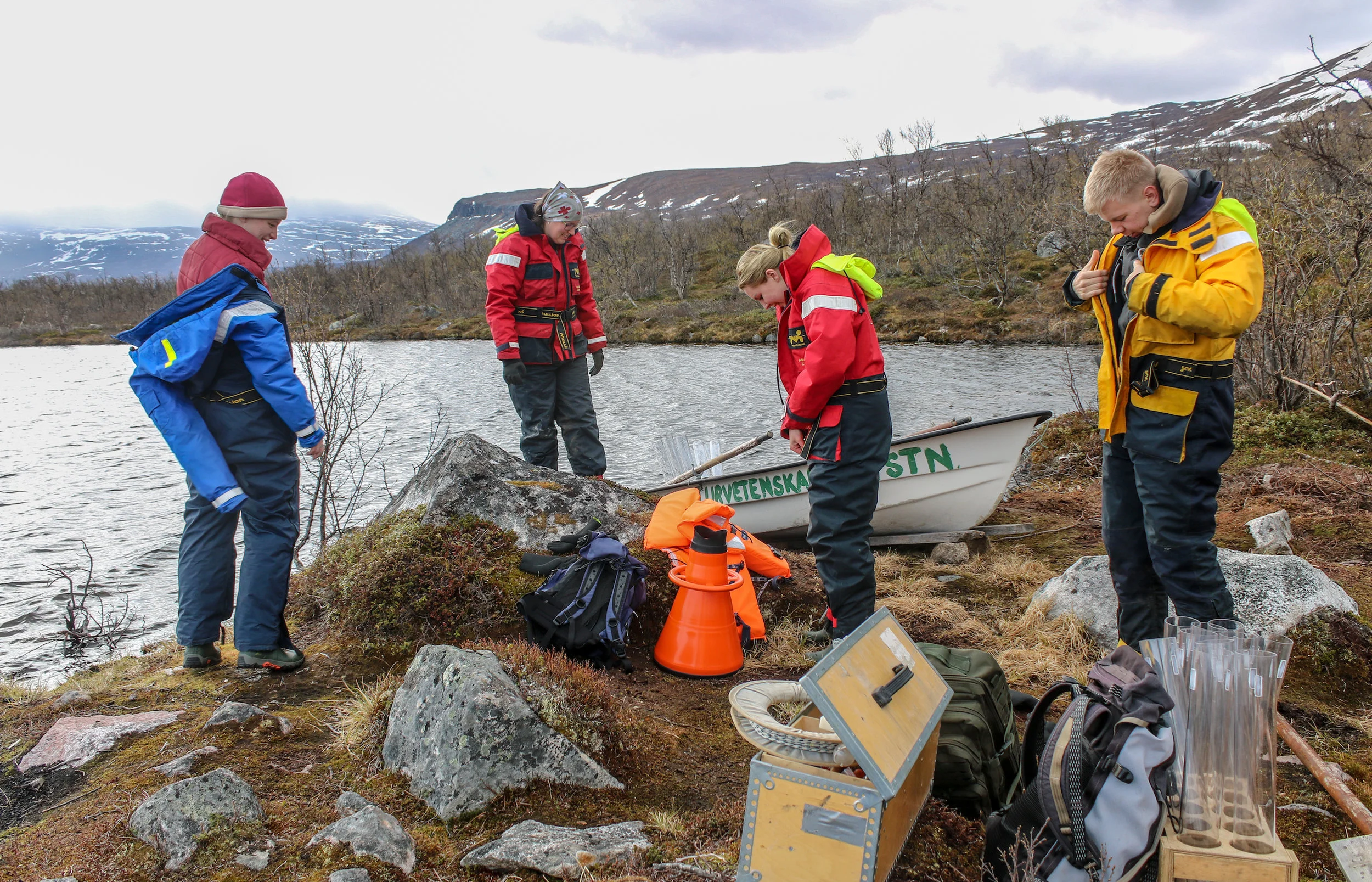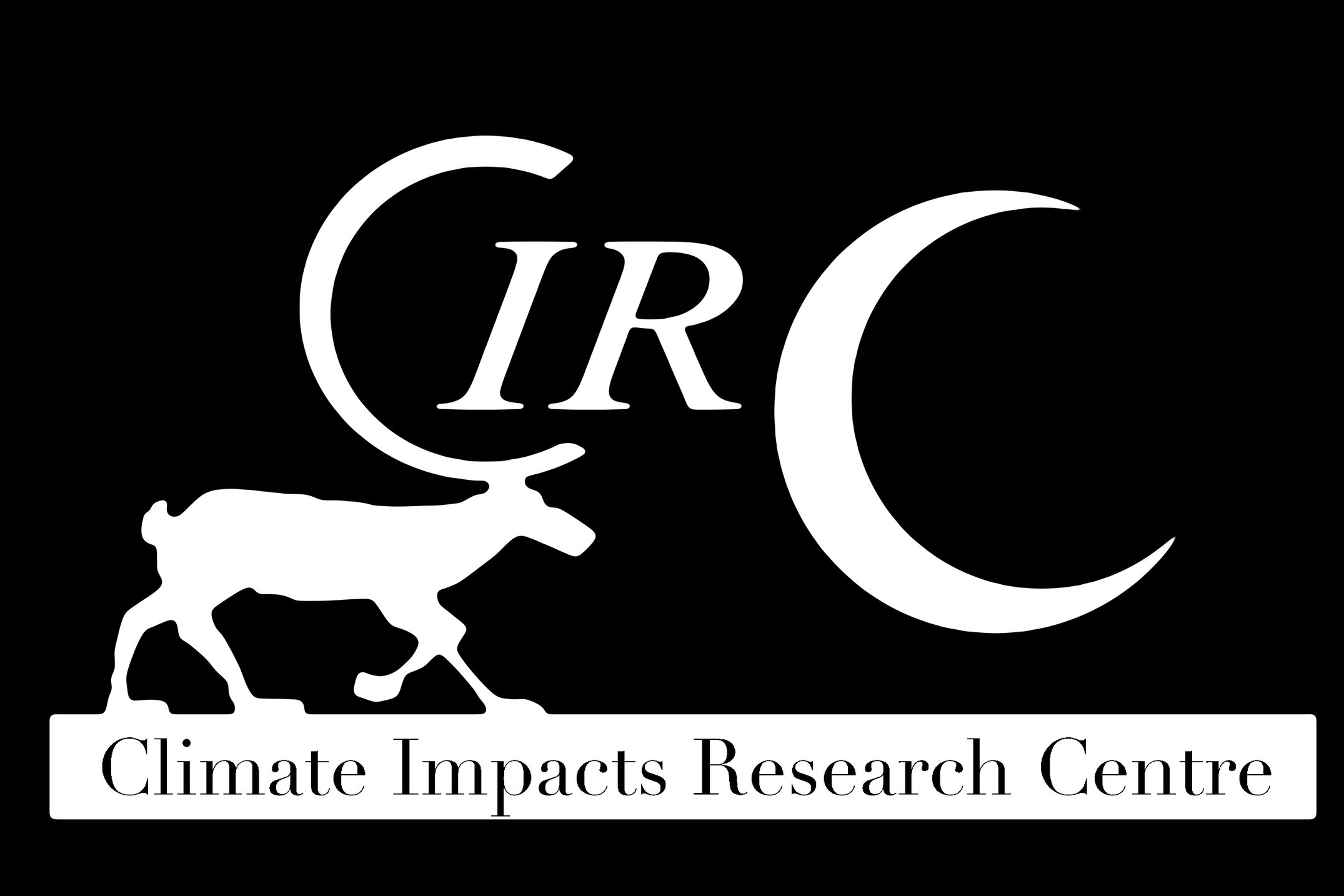LOREX (The Limnology and Oceanography Research Exchange)
Project Summary
The Limnology and Oceanography Research Exchange (LOREX) is a formal training and professional development program. It is an international research collaboration in the aquatic sciences offered by the Association for the Sciences of Limnology and Oceanography (ASLO). This program will be offered over the next three years and will provide all graduate student society members training in designing and coordinating international collaborative research through seminars, workshops and web-based materials. Additionally, thirty student members will be selected each year to apply this knowledge and carry out research projects. The participants design their projects in collaboration with scientists from one of several collaborating limnologic and marine institutes overseas (Australia, Sweden, Israel and Canada) which represent different aquatic systems and related challenges. Through this experience ASLO will train future scientists to become productive and engaged global scientists.
The Students
The goal of this program is to catalyze the development of globally engaged U.S. aquatic scientists by providing a multi-stage, high-quality training and research program for graduate students. The program supports students in initiating and carrying out international research. Project stages include formulating creative ideas and research proposals with the international community, networking and communicating with peers at home and abroad, and the execution of original collaborative research projects at four international institutes with diverse expertise in both marine and freshwater sciences. Professional development will be facilitated through workshops highlighting communication and collaboration training, webinars addressing challenges and opportunities in international collaboration, sessions at ASLO conferences featuring student and international collaborator research, and additional online resources. This experience will prepare future scientists to conduct collaborative work, serve to expand networks, and improve science through collaborations.
Project News
Background
Sea level rise, sea ice melting, hurricanes and tsunamis, declining fisheries, eroding coastlines, pollution, these are just a few of the current threats facing aquatic systems and the populations that depend on them. These problems are increasingly global in nature and transcend political boundaries. The only effective way to solve these global challenges is for scientists to engage in international collaborations to find solutions. However, this is not a trivial task. How can we find and contact collaborators from foreign countries? Where do we obtain support for international projects? How can communication be effective despite language and culture barriers? Few graduate academic programs provide guidance or training in conducting international research. The Association for the Sciences of Limnology and Oceanography (ASLO) has developed the Limnology and Oceanography Research Exchange (LOREX) program to address this deficiency.
Partners
Association of the Sciences of Limnology and Oceanography (ASLO)
ASLO is focused on aquatic sciences, with about 4000 members from about 60 countries. ASLO is implementing the online and in-person training that all of the LOREX students receive, they are also dealing with the money for the project.
Climate Impacts Research Centre (CIRC)
Here, both limnologists and oceanographers work with the students. CIRC is the only site for students focused on inland waters and the only site with an Arctic focus.
Funders
National Science Foundation
Grant number 1831075 New Concepts in International Graduate Exerpience funding projects that ”propose, implement, and evaluate creative ideas for catalyzing the development of globally engaged U.S. scientists and engineers at the graduate student level.”
Supplemental funding by CIRC and ANS (Abisko naturvetenskapliga station)










After their orientation week in Umeå, the LOREX (Limnology and Oceanography Research Exchange) participants arrived in Abisko this weekend. The students spent their first day getting to know the area.